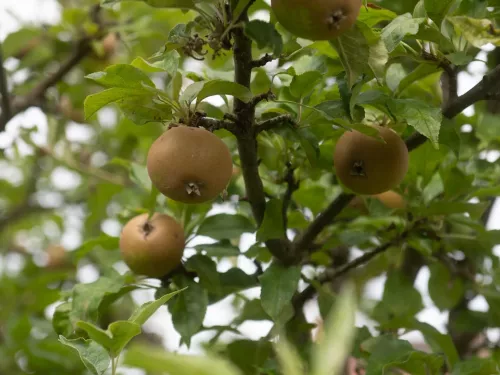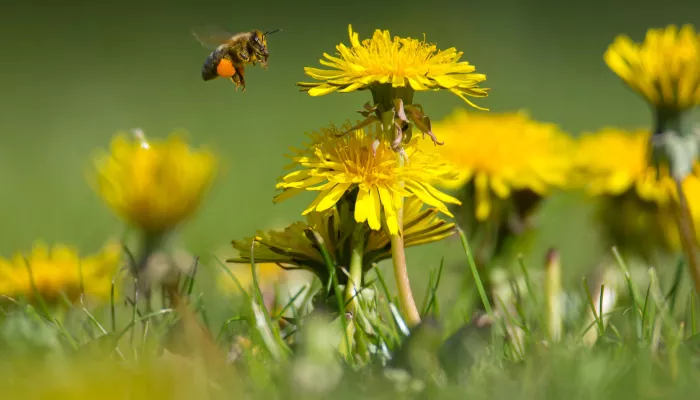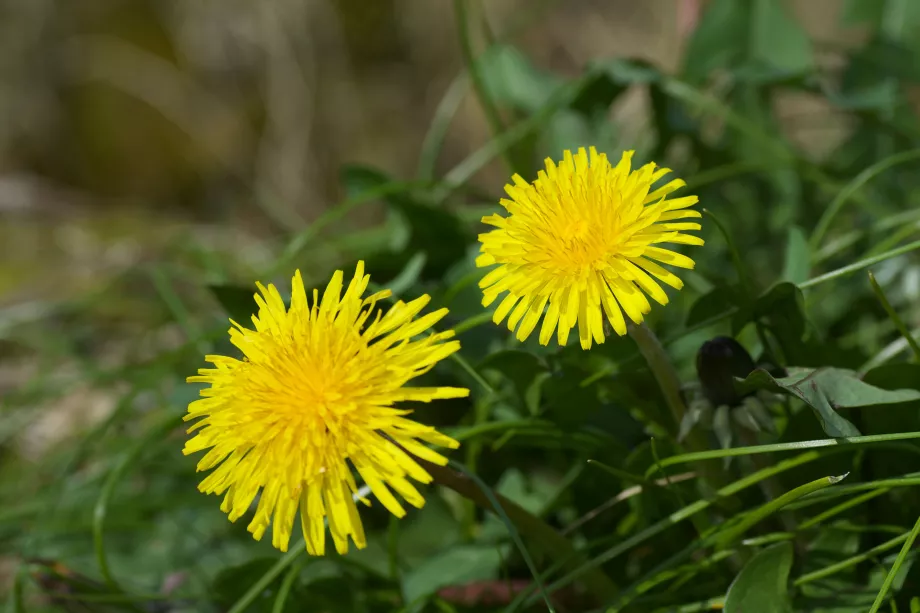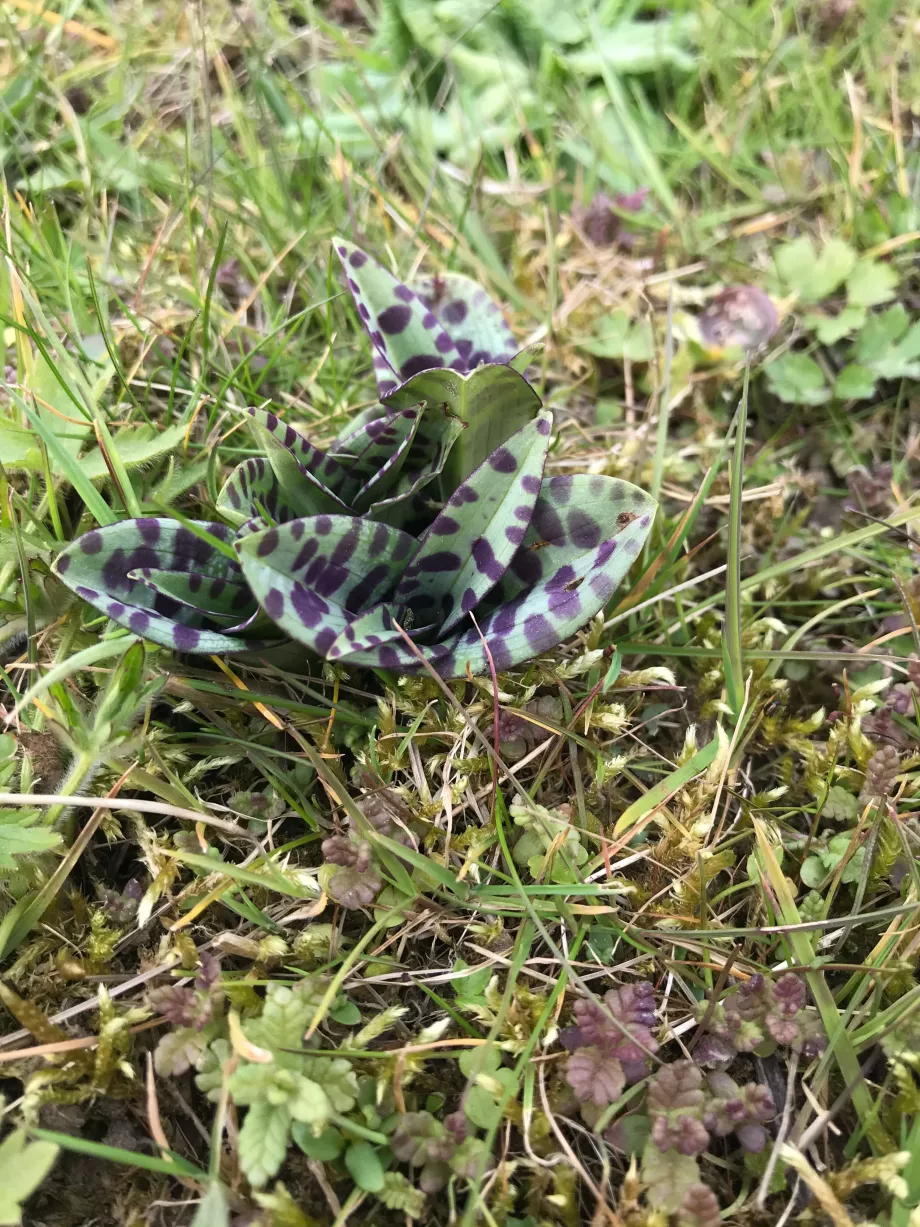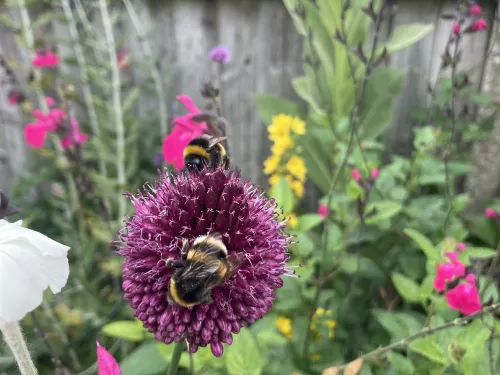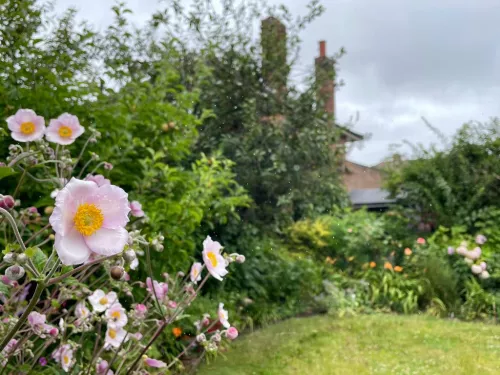If you create a more flower-rich lawn or even start developing a patch of meadow, you could make a real difference to wildlife by encouraging a thriving insect population. According to the RHS ‘Plants for Bugs’ study , there are 27 million gardeners in Britain caring for a total area larger than all of the country’s nature reserves combined. Your flowery lawn could be a good talking point and an opportunity to spread the word to your friends and neighbours.
41% of insect species face extinction. The loss of their habitats and overuse of pesticides are two major reasons why these little creatures are dying out eight times faster than large mammals. However, it’s not too late and with your help, we can put insects into recovery.
Claim your FREE Action for Insects guide and start to make a difference today.
The Royal Horticultural Society’s lists of Plants for Pollinators are also a very helpful source of information on plants loved by pollinating insects. Plants for Pollinators: British wildflowers includes cowslips, dandelions and primroses all of which it suggests are suitable for short grass up to 15cm high. Crocuses are included in the RHS Plants for Pollinators: Garden plants.
For most of our lawn, we set our mower a little higher than usual to allow low-growing plants such as daisies to flower. We also developed a small meadow at the bottom of our garden when several years ago we noticed the leaves of a common spotted orchid in the grass.
